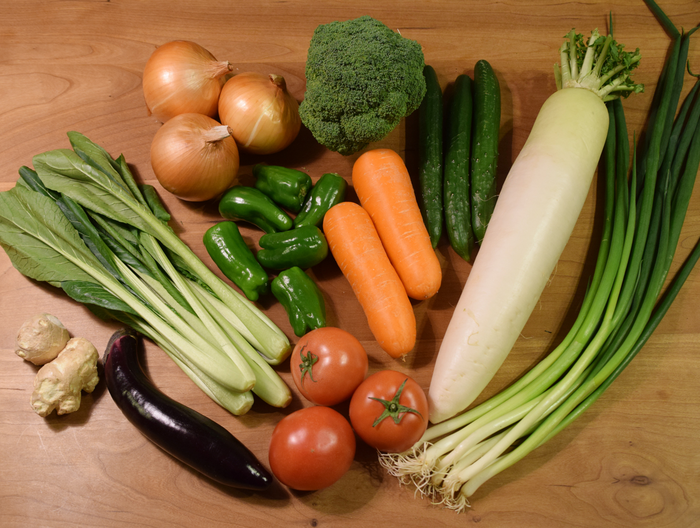Osaka, Japan – The health-promoting effects of sulfur-rich vegetables such as onions and garlic have been known for a long time. How food containing sulfur compounds promotes health has not been easy to explore, as the levels—and types—of reactive polysulfides found in different vegetables had not been accurately measured.

Credit: Osaka Metropolitan University
Osaka, Japan – The health-promoting effects of sulfur-rich vegetables such as onions and garlic have been known for a long time. How food containing sulfur compounds promotes health has not been easy to explore, as the levels—and types—of reactive polysulfides found in different vegetables had not been accurately measured.
A research team, led by Assistant Professor Shingo Kasamatsu from the Osaka Metropolitan University Graduate School of Science, has established a method for selective and sensitive detection of reactive polysulfides—which can act as potent antioxidants. By using mass spectrometry with a stable-isotope dilution method, the team successfully quantified the total reactive polysulfide content of 22 vegetables, including onions and garlic. Their findings were published in Food Chemistry.
The team also measured the polysulfide content in vegetables to analyze the overall characteristics of the reactive polysulfide. As a result, they were the first to reveal that high levels of reactive polysulfides could be found, not only in vegetables of the leek genus (Allium), such as onions and garlic but also in cruciferous vegetables (Brassicaceae), such as broccoli and cabbage.
“The results of this study will provide a basis for research on reactive polysulfides in food, whose detailed properties and endogeous production mechanisms have not yet been clarified. This will significantly contribute to the development of the research field,” stated Dr. Kasamatsu. “In the future, we expect that this research will be helpful for developing foods and supplements rich in reactive polysulfide that exhibit superior antioxidant activity.”
###
About OMU
Osaka Metropolitan University is a new public university established by a merger between Osaka City University and Osaka Prefecture University in April 2022. For more science news, see https://www.omu.ac.jp/en/, and follow @OsakaMetUniv_en, or search #OMUScience.
Journal
Food Chemistry
DOI
10.1016/j.foodchem.2023.135610
Method of Research
Experimental study
Subject of Research
Not applicable
Article Title
Development of methods for quantitative determination of the total and reactive polysulfides: Reactive polysulfide profiling in vegetables
Article Publication Date
3-Feb-2023




